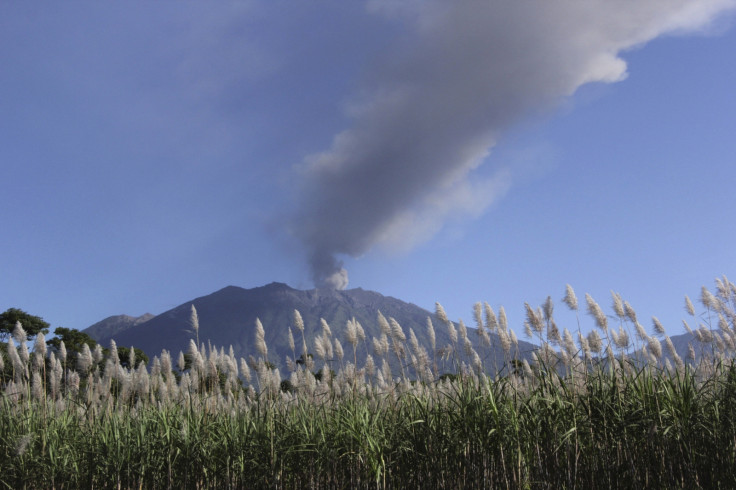Indonesia: Bali and Lombok airports among 5 closed due to volcanic ash

Antara Photo Agency via Reuters
Thousands of tourists have been left stranded in many airports across Indonesia after the ash spewed by volcanic eruption forced the country to shut down five airports and cancel more than 100 flights.
Authorities are unable to make a precise assessment of the number of passengers affected. Airports at popular holiday destinations like Bali and Lombok are among the airports which have been closed at the peak of the holiday season.
"I can't say at this time how many passengers have been affected," Farid Indra Nugraha, spokesperson for airport operator Angkasa Pura One, told Reuters.
The emergency measures are being undertaken after Mount Raung in East Java province spewed clouds of ash high into the sky. The 3,300-metre volcano's alert status was raised to the second-highest level earlier in June 2015. The volcano has been erupting for nearly a week.
State carrier Garuda Indonesia said 112 flights were suspended alongside similar move from other airlines.
Virgin Australia said in a statement: "Our team of meteorologists continue to work closely with the Volcanic Ash Advisory Centre in Darwin and monitor the situation."
"Once conditions improve, additional flights will be scheduled between Australia and Denpasar to ensure we can have guests on their way as soon as possible."
The country is highly prone to severe earthquakes as it lies in the Pacific Ring of Fire. Areas that fall within this region are in constant danger of volcanoes and earthquakes.
Key facts about the 'Ring of Fire'
- Apparently this huge ring of volcanic and seismic (earthquake) activity was identified and described even before the invention of plate tectonics theory. Its seismic activities results from collisions between the plates.
- This horse-shoe shaped ring is about 40,000km long and runs from Chile, northwards along the South American coast through Central America, Mexico, the west coast of the US and the southern part of Alaska, through the Aleutian Islands, the Philippines and Indonesia before curving back to New Guinea, the southwest Pacific islands and New Zealand.
- Indonesia is one of the places in the world which experiences a quake quite often. As the world's largest archipelago sits directly on the ring - along the north-eastern islands adjacent to New Guinea - this place is one of the worst affected regions.
- The ring has more than 90 percent of the world's 1,500 active volcanoes, according to a Reuters report. Indonesia has the largest number of historically active volcanoes, according to theUS Geological Survey (USGS).
- The country's location on the edges of the Pacific, Eurasian and Australian tectonic plates makes it extremely vulnerable to quakes and volcanoes. Strangely, the country also seems to have become accustomed to natural disasters, considering they have become part of their daily lives.
© Copyright IBTimes 2025. All rights reserved.




















